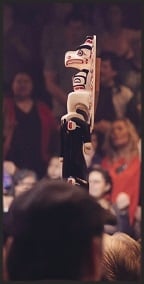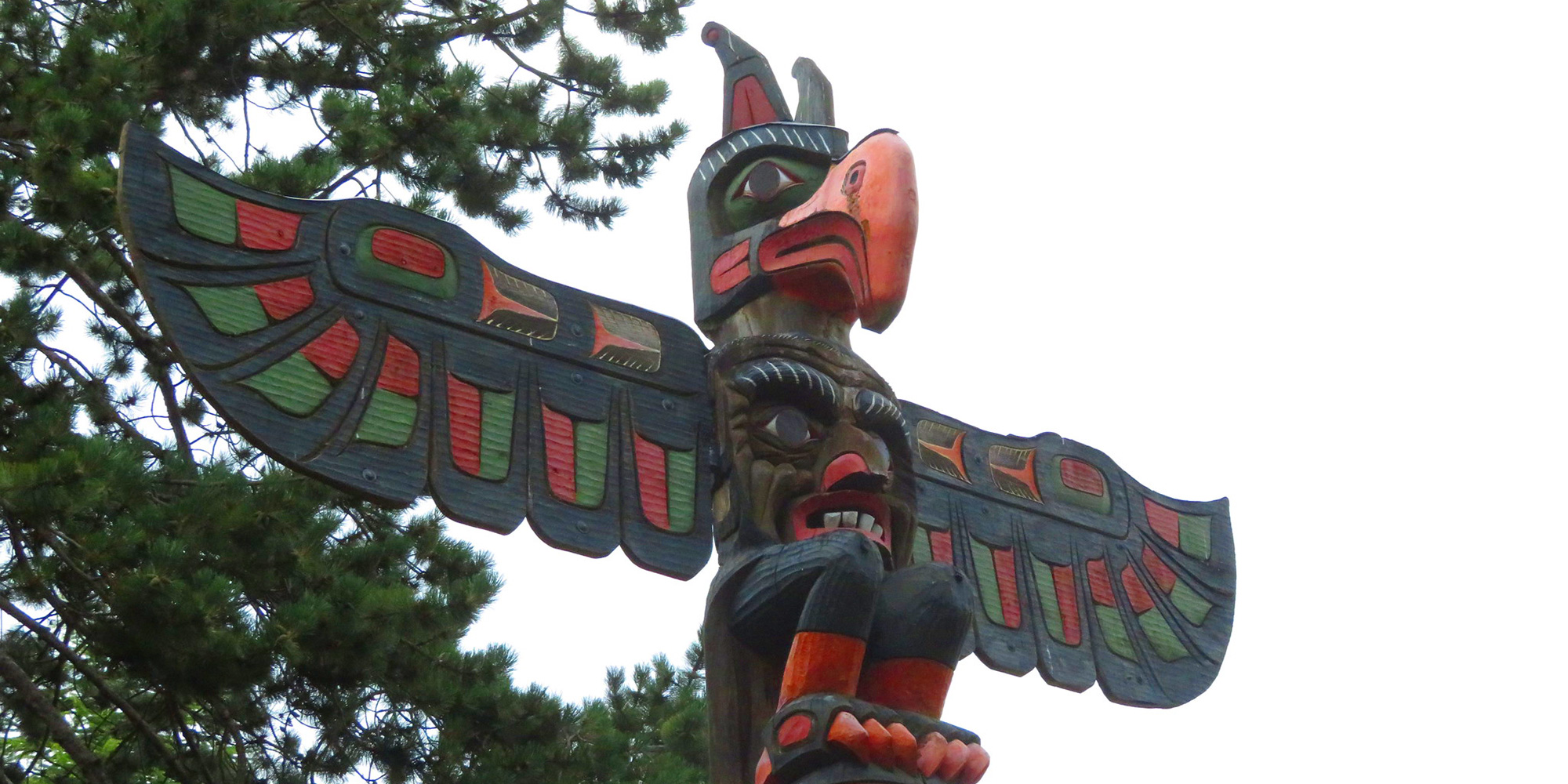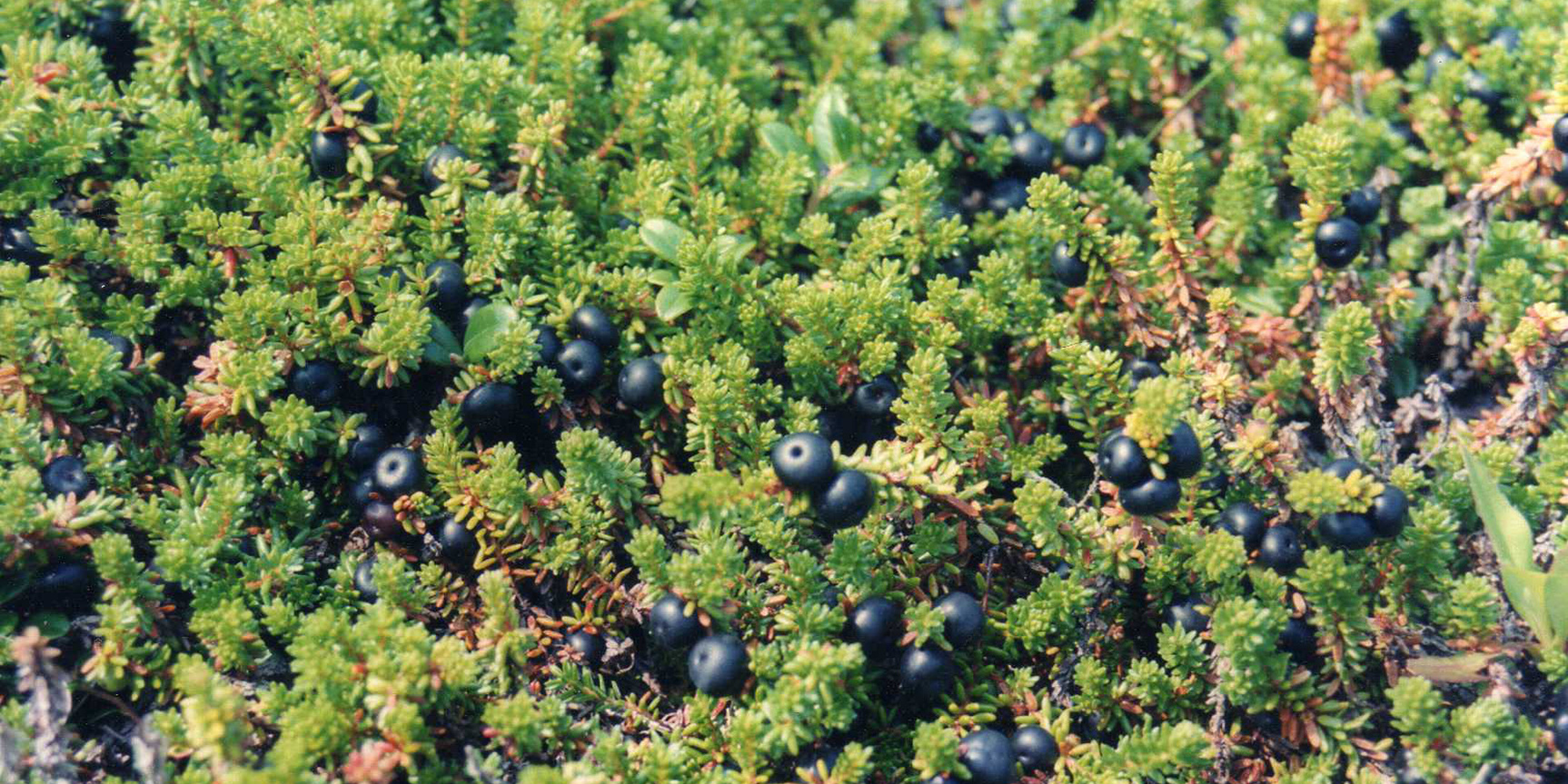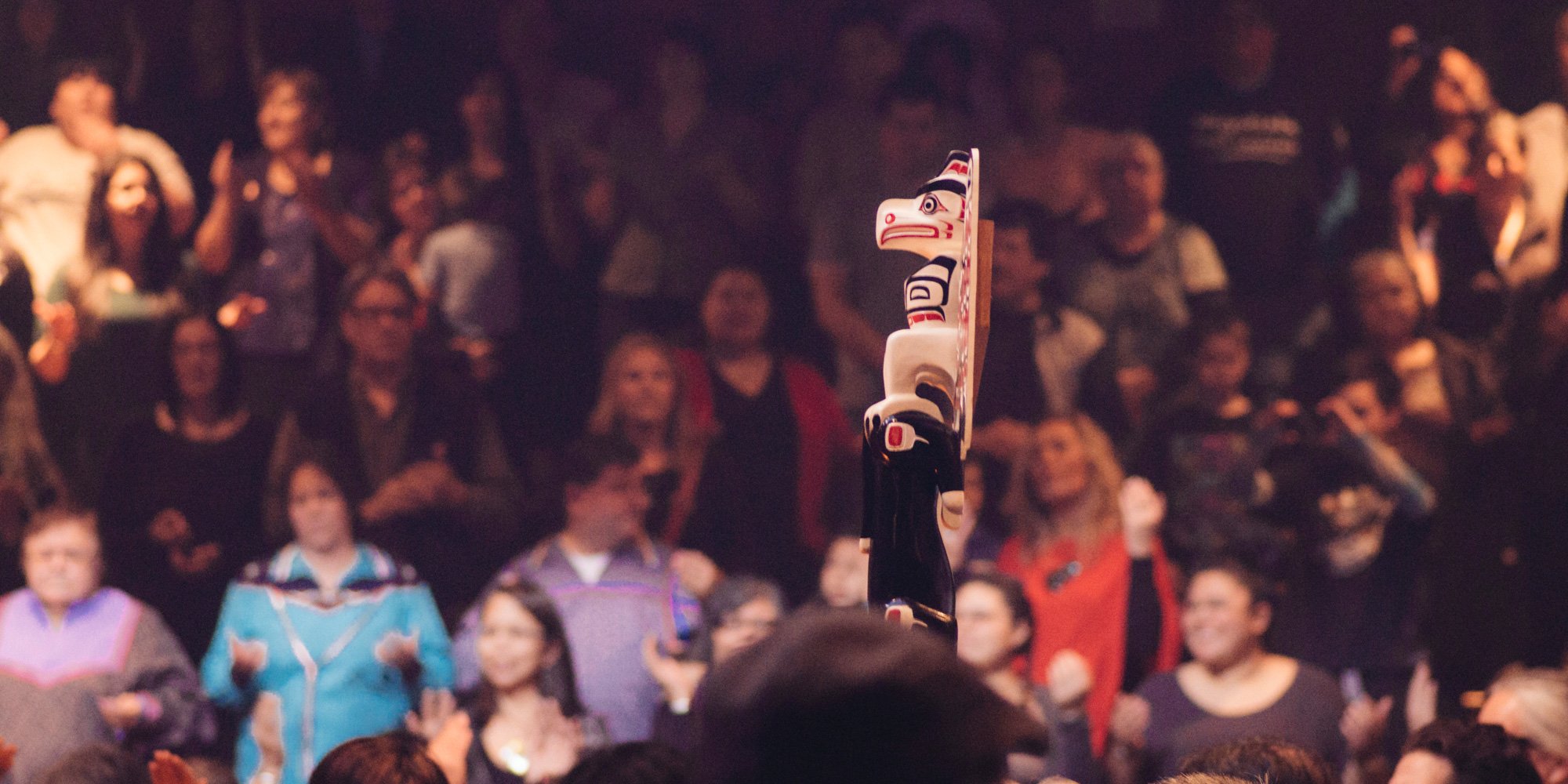1 min read
Scientific and Indigenous Perspectives
There has been much discussion in the scientific community about how and when Indigenous Peoples populated the Americas. One prevailing theory is...

In a previous article we wrote about the Talking Stick and associated protocol. Here we are going to explore some of the symbolism represented in the wood, carvings, paints and adornments.
First Nation Talking Stick symbolism is ripe with spirituality and tradition. While each First Nation’s culture, traditions and history is unique there are some shared or common symbolism attached to animals, birds, trees and colours. For instance, the eagle is almost universally considered, by both Aboriginal People in Canada and Native Americans, to be the ruler of the sky with a connection to the Creator.

The Muses
Wood
The wood chosen is selected for its carving attributes and spirituality. Ceremonies around seeking permission from the tree spirit to make the talking stick are frequently practiced. Here’s a sampling of some tree varieties and their associated symbolism. Not all of these listed are found in all regions of Canada.
Arbutus = knowledge
Aspen = seeing clearly
Beech = tolerance
Birch = truth
Cedar = cleansing
Cherry = high emotions/new awakenings
Elm = wisdom
Maple = gentleness and sweetness
Mountain Ash = protection
Oak = strength
Walnut = focus
White pine = peace
Creatures
For the purpose of this aspect, we are focussing on the First Nations of the Northwest coast of Canada and what each creature symbolises.
Eagle = grace, power, and great intellectual abilities.
Bear = great self-awareness, family and strength
Whale = kindness, intelligence and compassion
Raven = change in life, creativity, and humor
Frog = cleansing, peace and rebirth
Wolf = perseverance, intuition and success
Salmon = symbolizes instinct, determination and persistence
Hummingbird = beauty, intelligence, and love
Butterfly = metamorphosis, balance and grace
Beaver = good work ethics, a strong will and protector, with a strong sense of family
Dragonfly = change, transformation and swiftness
Thunderbird = administering law and protocol
Colours
Some cultures stain their talking sticks, others paint them.
Black = clarity, success
Blue = intuition, wisdom
Green = nature, harmony
Orange = kinship, intellect
Purple = power, magic
Red = life, happiness
Yellow = knowledge, courage
White = purity, spirit
Adornments
Feathers, animal skins and beads are the most frequently used adornments.
Eagle feathers embody truth and high ideals
Turkey feathers embody peaceful attitudes, especially during differences of opinion
Owl feathers embody power and prevention of deception from entering the meeting
So, if you are present at a ceremony or meeting that involves a Talking Stick appreciate the spirtuality, history and tradition that has gone into its creation and the significance of you being included in a meeting so heavily infused with tradition.
If you are interested in learning about some of the terminology frequently used when working with Aboriginal Peoples. why not download our free Guide?
We offer a variety of on-line, public and on-site Indigenous Awareness courses - visit our website for more intormatio on course content and public training

1 min read
There has been much discussion in the scientific community about how and when Indigenous Peoples populated the Americas. One prevailing theory is...

Looking for an adventure five years ago, I travelled to a small Inuit community in Nunavut. I quickly discovered teaching Inuit children is a rich,...

The Talking stick, used in many Indigenous cultures, is an ancient and powerful “communication tool” that ensures a code of conduct of respect during...